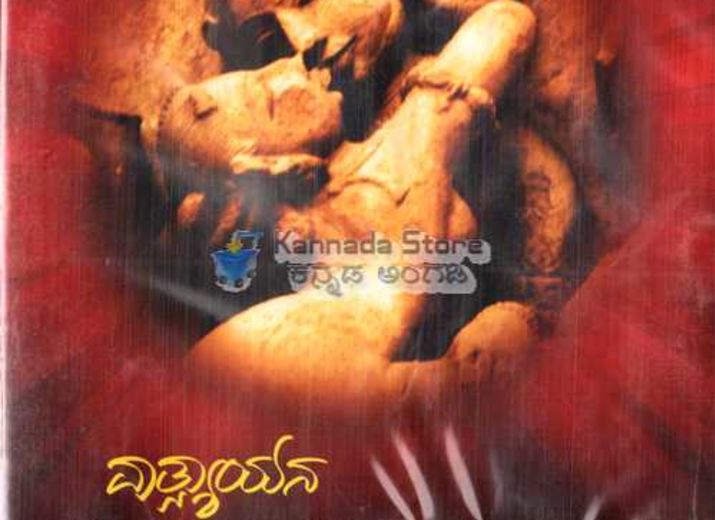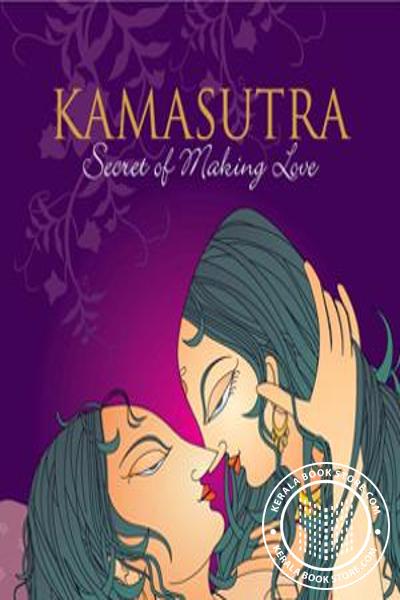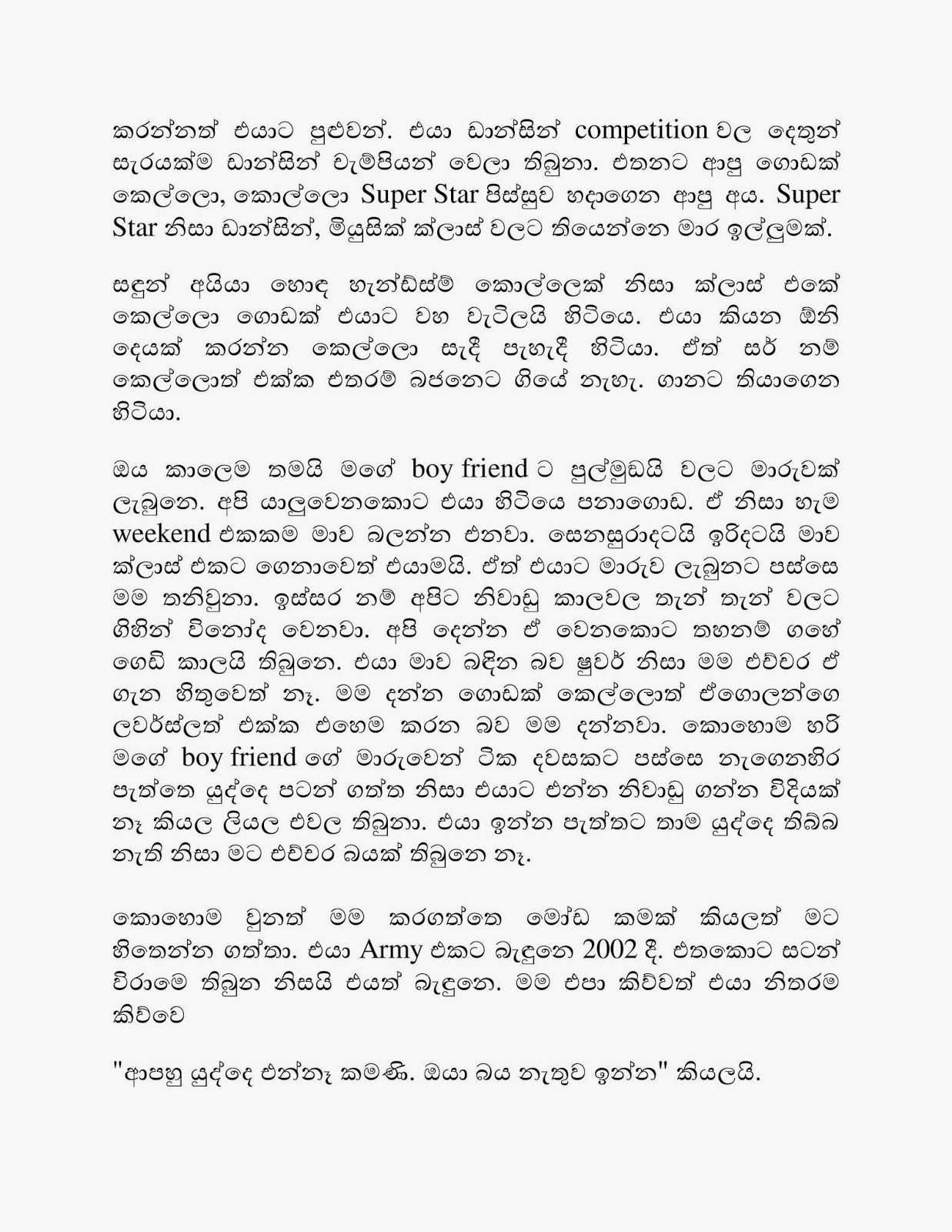
The above-mentioned view of sentence meaning was debated over some seven or eight centuries by the followers of the Prabhākara school within Mīmāṃsā, who argued that words do not directly designate meaning. He also used several Tamil words in his works, including one of the earliest mention of the name Dravida in North Indian sources, found in his Tantravārttika. Word referents were independent, complete objects, a view that is close to the Fodorian view of language, according to philosopher Daniel Arnold.

Kumārila Bhaṭṭa and his followers in the Mīmāṃsā tradition known as Bhāṭṭas argued for a strongly Compositional view of semantics called abhihitānvaya or "designation of what has been denoted." In this view, the meaning of a sentence was understood only after understanding first the meanings of individual words. Yet another theory is that he comes from Mithila, which has similar culture to Assam, and produced another scholar on the subject Mandana Misra.

His writings indicate that he was familiar with the production of silk, which was common in present-day Assam. Sesa's Sarvasiddhanta-rahasya uses the eastern title Bhattacharya for him. Īnother theory is that he came from eastern India, specifically Kamarupa (present-day Assam). However, Anandagiri's Shankara-Vijaya states that Kumarila came from "the North" ( udagdeśāt), and debated the Buddhists and the Jains in the South.

According to the 16th-century Buddhist scholar Taranatha, Kumārila was a native of South India. The birthplace of Kumārila Bhatta is uncertain. His work strongly influenced other schools of Indian philosophy, with the exception that while Mimamsa considers the Upanishads to be subservient to the Vedas, the Vedanta school does not think so. In particular, he is known for his defense of Vedic ritualism against medieval Buddhist idealism. Kumārila is also credited with the logical formulation of the Mimamsic belief that the Vedas are unauthored ( apauruṣeyā). In his Varttika, Kumārila Bhaṭṭa goes to great lengths to argue against the theory of a creator God and held that the actions enjoined in the Veda had definite results without an external interference of Deity. For example, Manikka Vachakar believed that Bhaṭṭa promoted a personal God ( saguna brahman), which conflicts with the Mīmāṃsā school. Scholars differ as regards Kumārila Bhaṭṭa's views on a personal God. His philosophy is classified by some scholars as existential realism. The Varttika is mainly written as a subcommentary of Sabara's commentary on Jaimini's Purva Mimamsa Sutras.

Bhaṭṭa was a staunch believer in the supreme validity of Vedic injunction, a champion of Pūrva-Mīmāṃsā and a confirmed ritualist. He is famous for many of his various theses on Mimamsa, such as Mimamsaslokavarttika. roughly 700) was a Hindu philosopher and a scholar of Mimamsa school of philosophy from early medieval India.


 0 kommentar(er)
0 kommentar(er)
